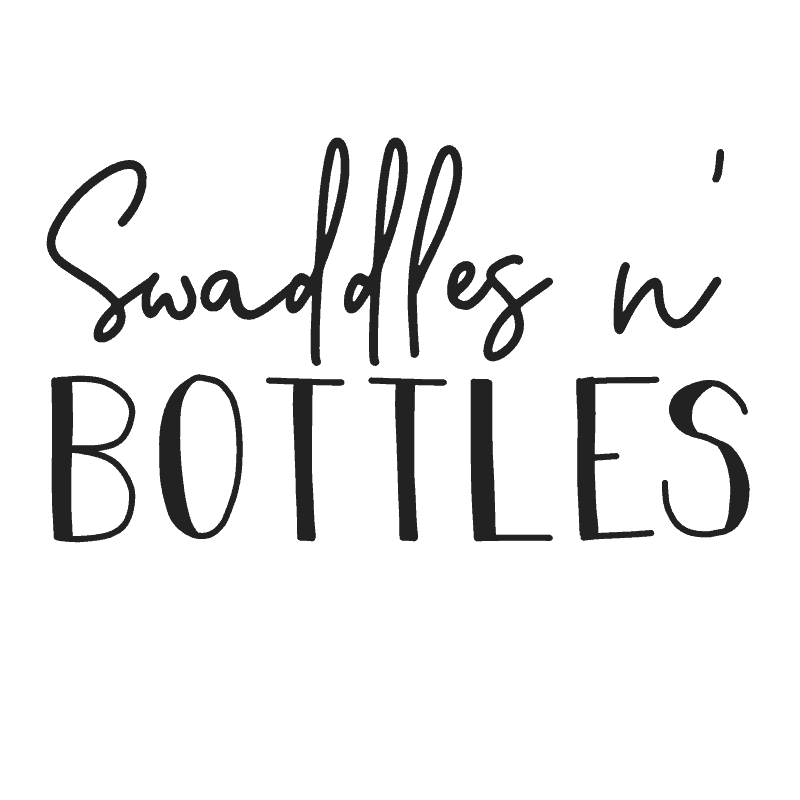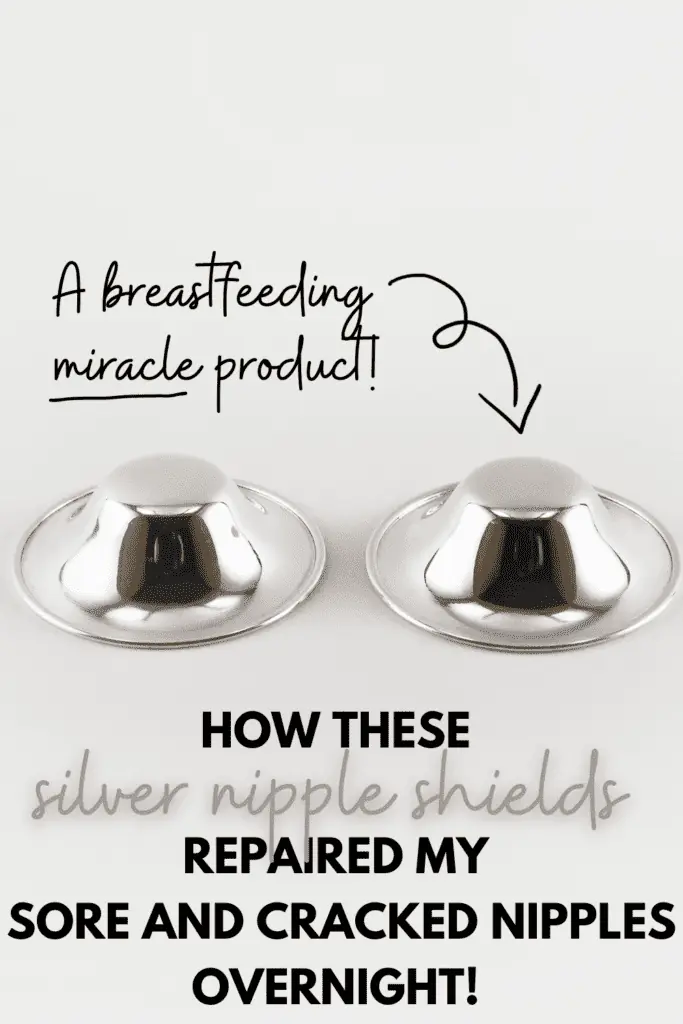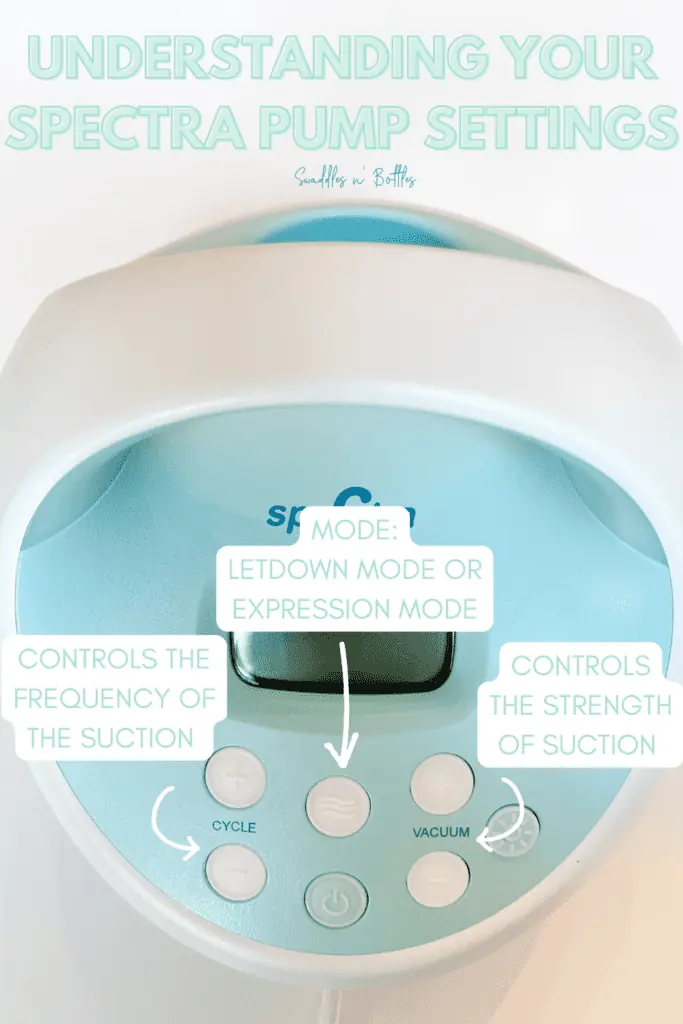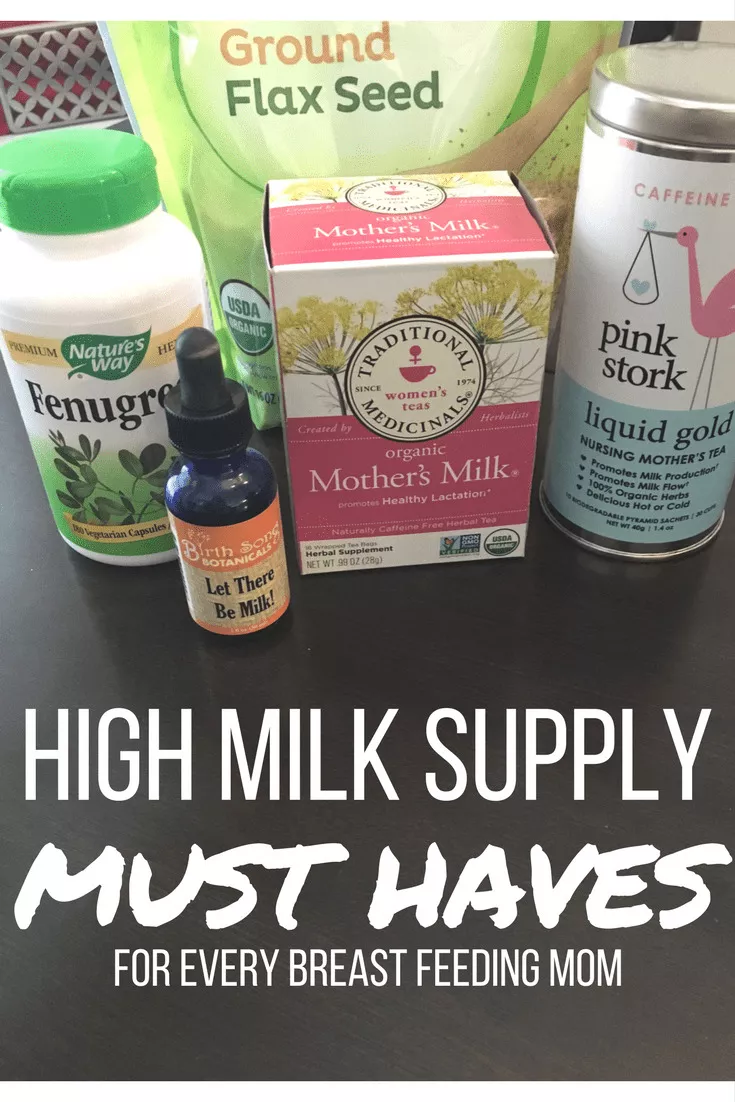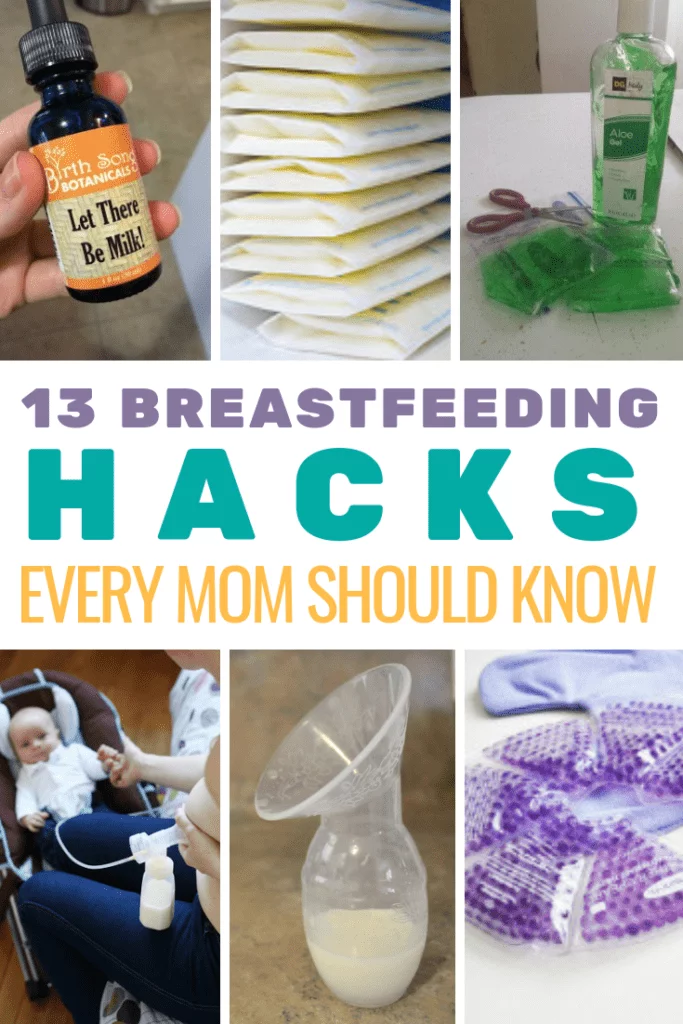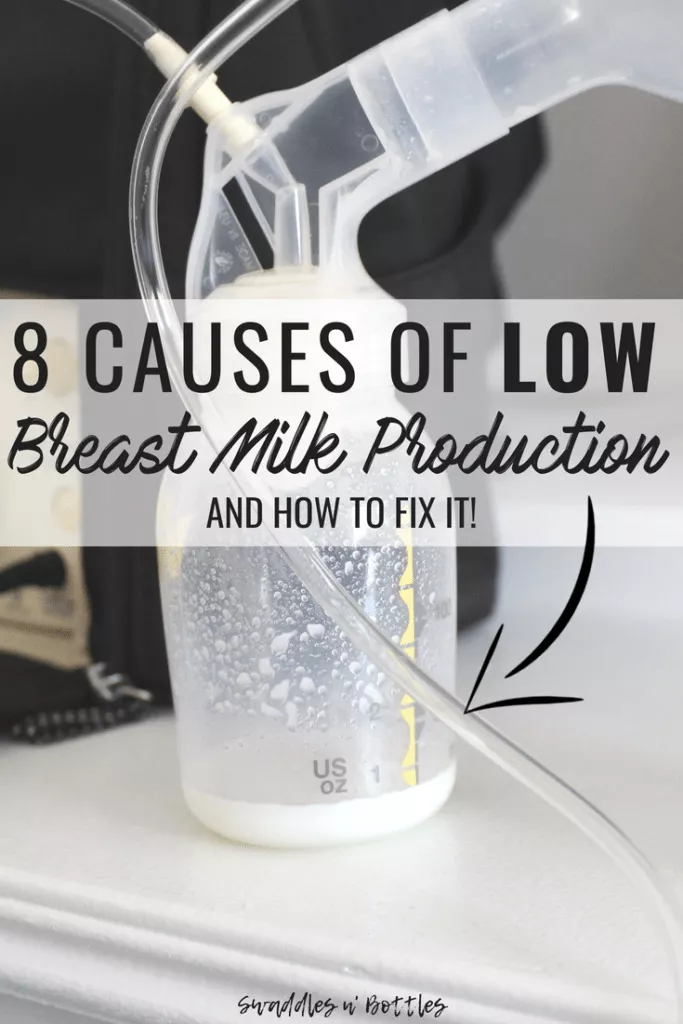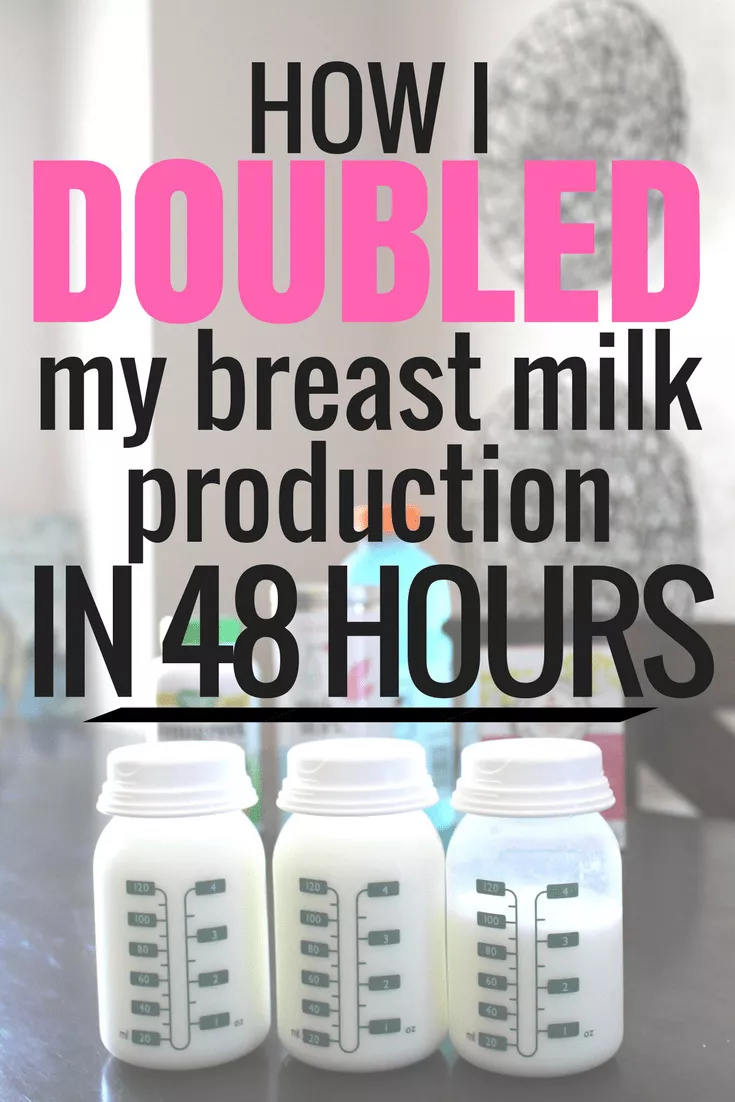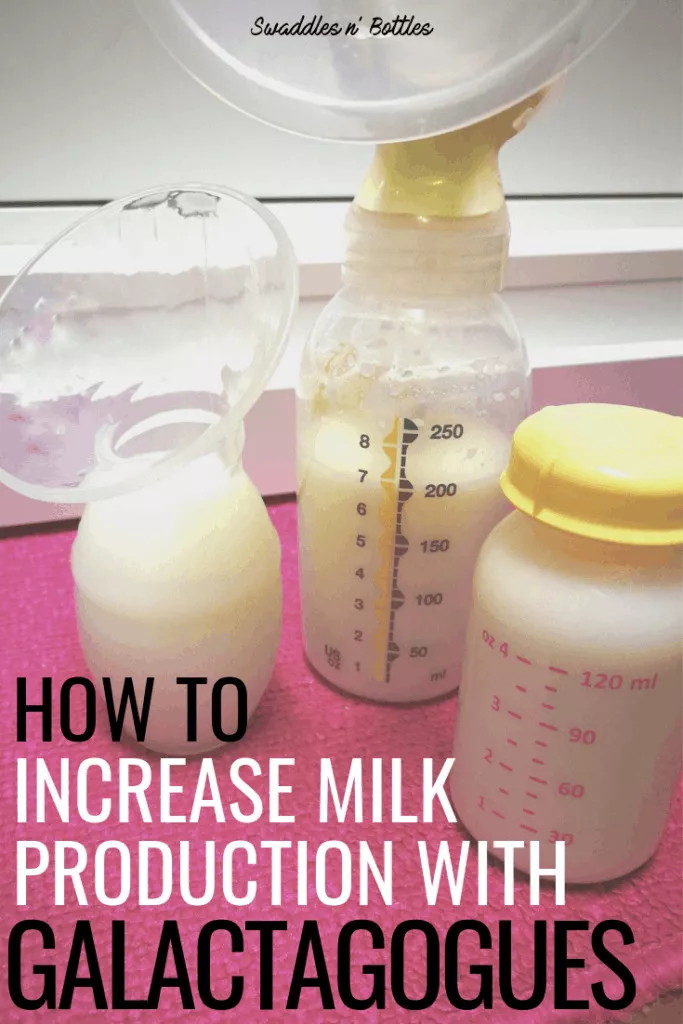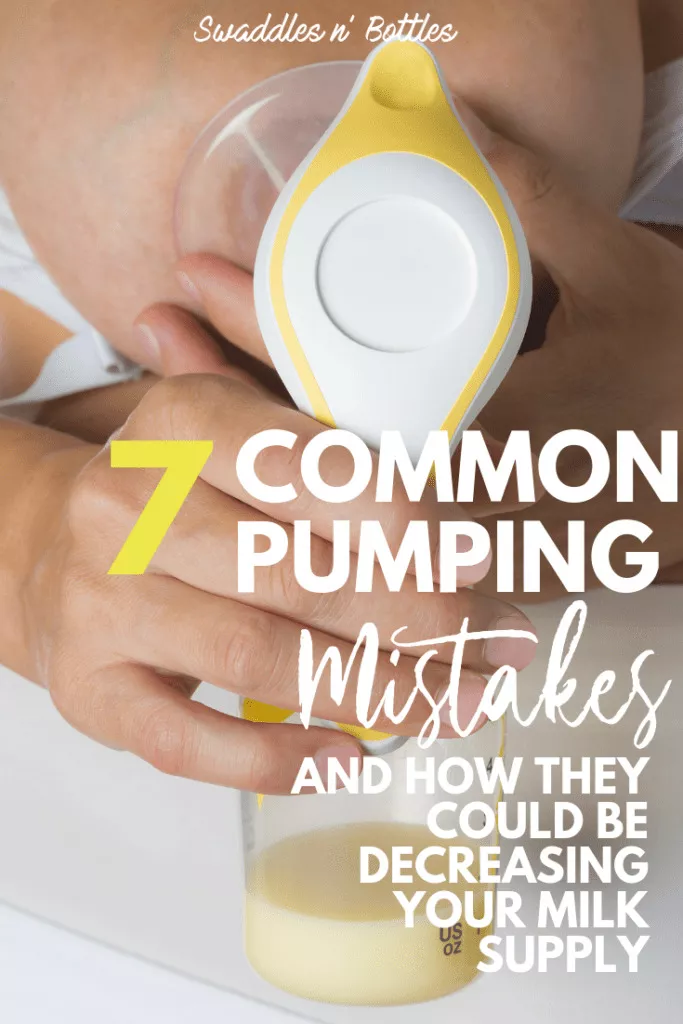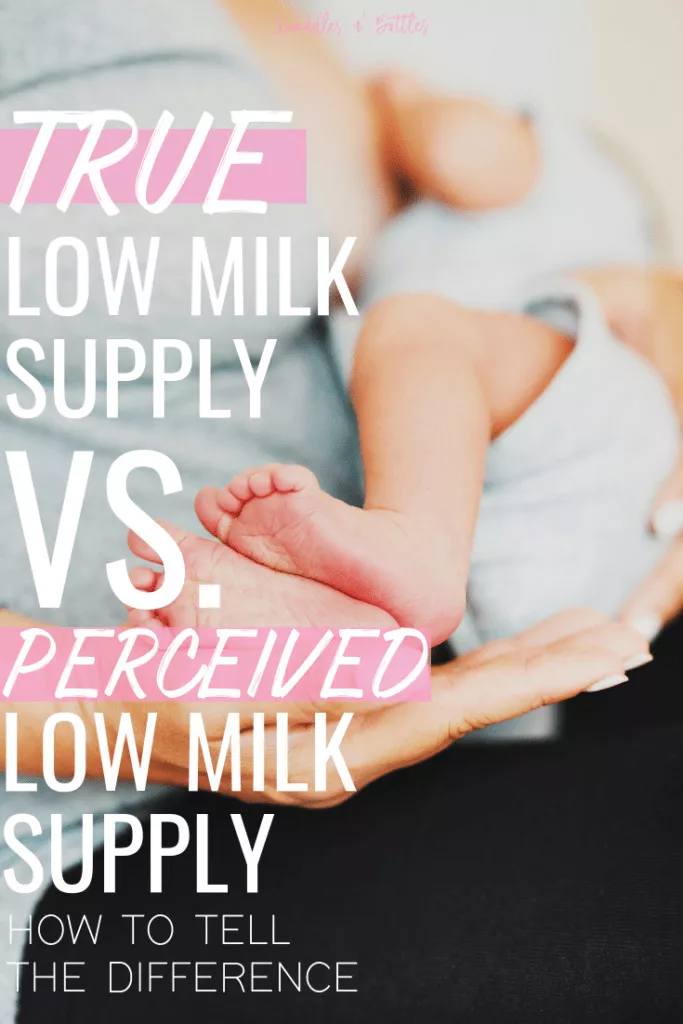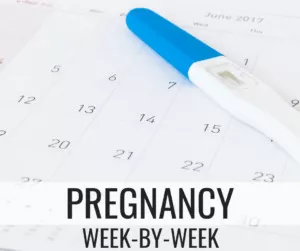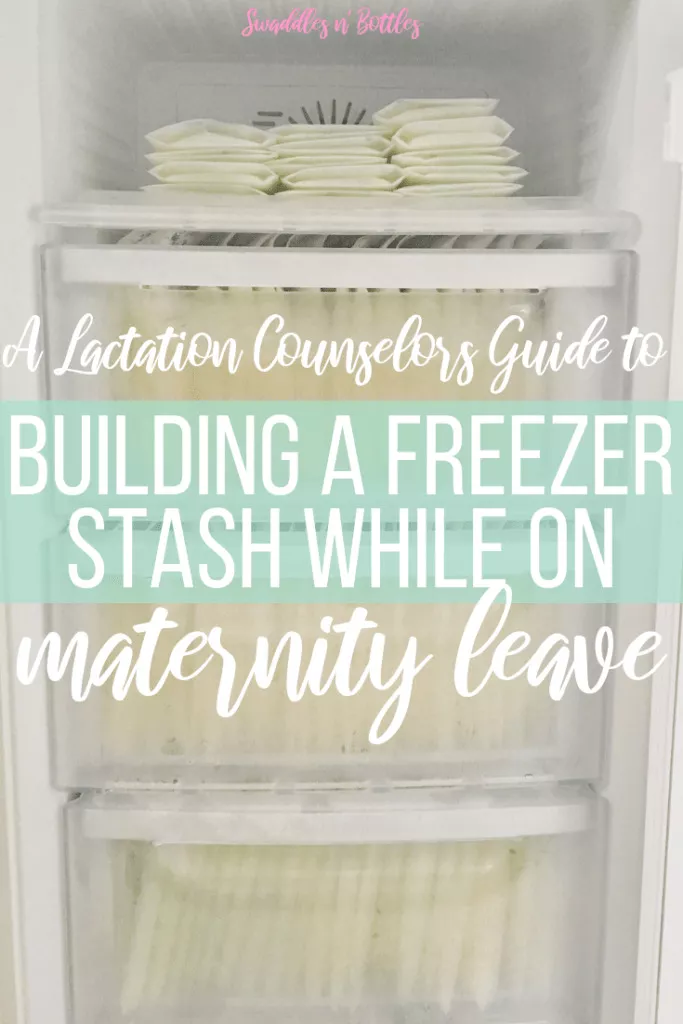
How To Build A Freezer Stash Before Returning to Work
If you’re a parent, chances are you’ve heard more opinions are tips than you ever thought possible. For every question or concern you have, everyone has a different solution or wants to share what their brother’s cousins best friend did. It’s only funny, because It’s totally true! And preparing for your return to work as a breastfeeding mom, is no exception.
Everyone will seem to have tips about how to build up your stock pile of breastmilk before returning to work. In the end, it can leave you feeling alot of pressure. I’m here to tell you it doesn’t have to be difficult to store up milk for baby.
These are my tips for some stress-free and productive pumping, as you prepare to return to work.
First and foremost, focus on breastfeeding.
In the early weeks, it is really important to have your baby at the breast frequently, to establish supply. It can also make any breastfeeding challenges you may be having, even harder, to add an extra step. If you are able to, try not to pump at all the first 3-4 weeks or until you feel breastfeeding is established and going well.
Of course, there will be exceptions to this, for those that may choose exclusive pumping, need to supplement or have to return to work early. But, feeling really comfortable with breastfeeding, before you add pumping in can help reduce stress.
If you want to do something, to save milk in these early days, a lot of moms like to use some type of milk catcher (milkies milk savers or Hakaa are popular) on the opposite side their baby is nursing or to catch leaks. Those drops add up quickly!
Get comfortable with your pump!
Pumps come with lots of parts and have multiple settings. The first time you actually pump, can already be nerve-wracking, so making friends with the equipment before hand is a good idea. Your pump may have “one size fits all” type settings where you just choose a slow, medium, or fast setting or it may be more customizable with the vacuum and suction settings. Generally, starting low is good, while working your way up. The highest setting, is usually not needed and just hurts. It can also be helpful to know if your pump is portable, how it fits in your bag, and what kind of bottles fit.
Check your flange fit
Pump parts are not one size fits all. No two breasts are just a like, and having the right size can make all the difference. For a good fit, your nipple should glide in and out of the flange, there shouldn’t be any gapping between, nor should your nipple be rubbing the sides. The breast shield should fit flush against your breast.
Know how much milk your baby will need
I think this is probably the thing that stresses us out the most. Will there be enough in the freezer, to feed baby while we are apart. Hopefully this will be reassuring to you. You DO NOT need a freezer full of milk, to return to work. While having a freezer stash can be comforting, all you really need is enough for the next day. Then pumping at work, you should be able to replace what you used that day. Your baby will need 1-1.5 oz per hour that you are away from them. So, if you work a typical 8-9 hour work day, you shouldn’t need more than 15 oz (and that’s on the high side) for that first day back.
Pumping Schedule
Alright, ready to start pumping? Feeling totally overwhelmed with a baby that wants to nurse All.The.Time? You are not alone! And don’t fret, you do not have to pump a ton. Just adding one or two sessions in each day, can help you to save up. And if it ever feels too stressful on a given day, give yourself a break and don’t pump that day. Depending on the natural routine you and your baby have fallen into, when you pump can vary, but here are some sample pumping schedules.
Schedule Option 1
- 7 am or First Morning Nursing Session
- Pump
- Nurse on demand throughout the day
- 9 pm or baby’s “bedtime” Nursing Session
- Pump
- Nurse on demand throughout the night
Schedule Option 2
- 7 am or First Morning Nursing Session
- Pump
- Nurse on demand for rest of the day and through the night
Schedule Option 3
- Nurse on demand throughout the day
- 9 pm or baby’s “bedtime” nursing session
- Pump
- Nurse on demand throughout the night
Schedule Option 4
- Nurse on demand throughout the morning
- Nurse before baby’s longest nap time and then pump while they are sleeping
- Nurse on demand throughout the remaining day and night
Schedule Option 5
- Nurse on demand and pump the opposite side, your baby is not eating on
I hope you can see that there is a ton of room to be flexible here. I almost hate to use the world schedule, because you do not have to stick to that. If one day pumping in the morning is easiest but the next pumping at bedtime is what works best, that’s totally okay! And you may want to pump more than this, but I promise just 1 or 2 pump sessions on top of breastfeeding, will be plenty.
Please do not feel like you need to be tied to your pump your entire maternity leave, I want you to enjoy those precious moments with your baby. You will get your fill of pumping, as soon as you’re back at work.
And one last thing you will want to know, as you prepare, are the guidelines for storing your pumped milk.
| Place | Temperature | How Long | Additional Tips |
| Counter or Table
(Freshly expressed) |
Room Temp
Up to 77 degrees |
4-6 hours
|
If you aren’t going to use expressed milk within 4 hours, best practice is to refrigerate. You can always reheat or transfer to the freezer later |
| Refrigerator | 49 degrees or colder | 4-8 days | Within 4-8 days, use or move milk to freezer or deep freezer
Store milk in the back of refrigerator. Do not store in the door Milk can be warmed in a bowl of warm water or under running water |
| Freezer | 0 degrees or colder | Up to 9 months | Store milk in the back of the fridge, and not in the door.
Milk will expand as it freezes, leave room in bottle or storage back Once milk has been thawed it can be stored in the refrigerator and used within 24 hours Do not refreeze |
| Deep Freezer | -4 or colder | Up to 12 months | Store milk in the back of deep freeze and not in the door
Once milk has been thawed do not refreeze |
Always thaw milk in refrigerator or using warm water. Do not microwave or boil breastmilk.
We hope this tips will help make your journey to building a freezer stash for baby stress free! You’ve got this mama!

Aryn is a Certified Lactation Counselor and Midwest Mama of two. After an unexpectedly rocky start breastfeeding her son, Aryn vowed to help make sure other mothers would know what to expect and how to get help. Through her work as a WIC breastfeeding peer counselor and CLC, Aryn found a love of supporting moms in all aspects of postpartum and parenting and she shares her musings on motherhood, through her blog and social media channels. When shes not helping moms, being mom or blogging, Aryn loves doing makeup, musicals, and perfecting her homemade cinnamon rolls.
